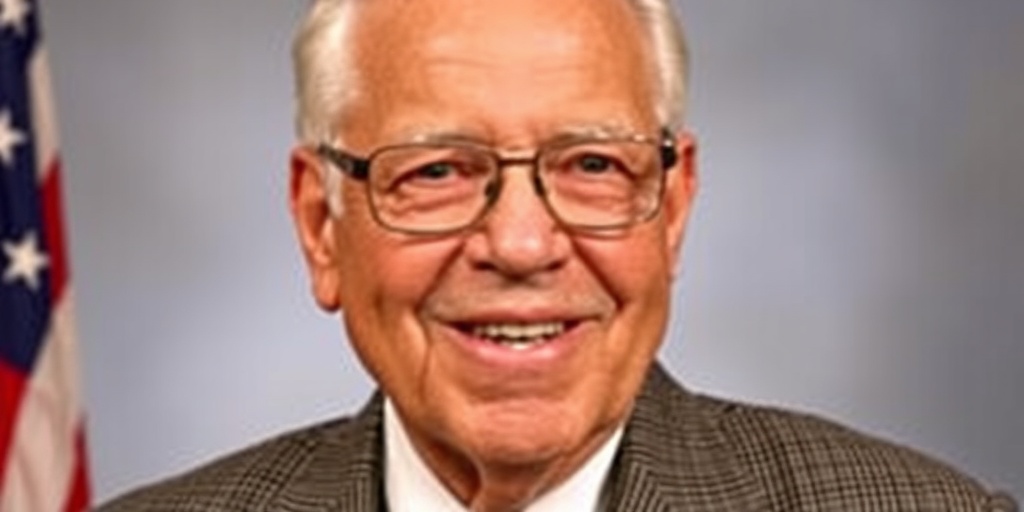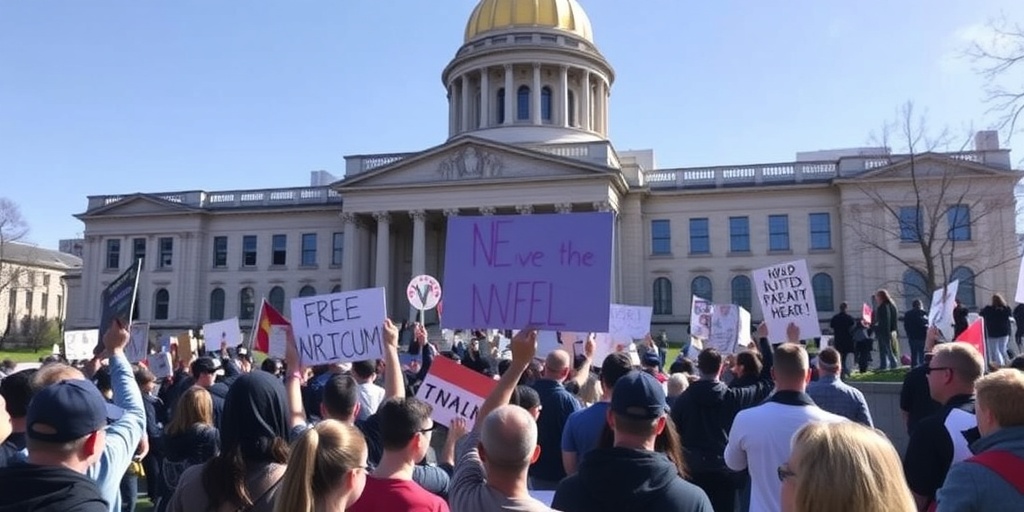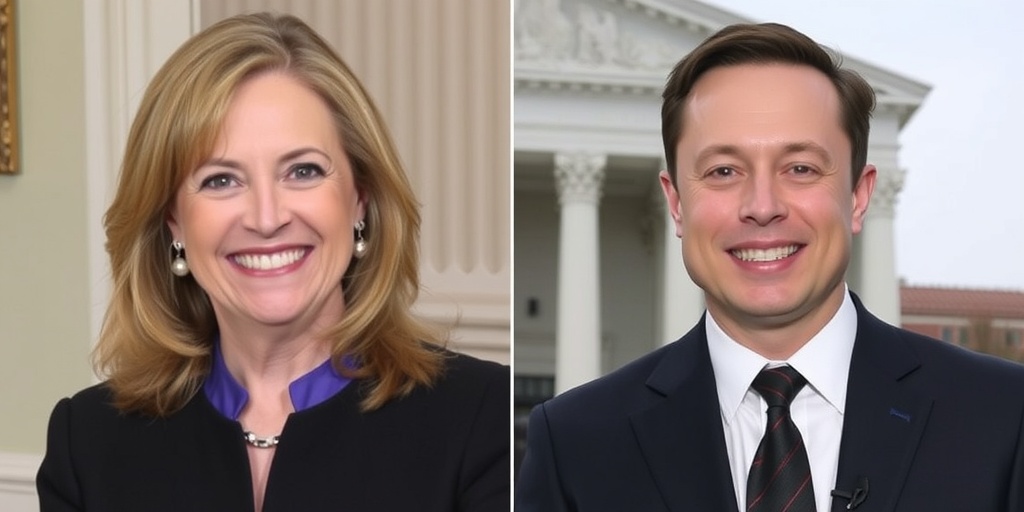Now Reading: Agencies Offer Quit Incentives Amid Looming Layoffs
-
01
Agencies Offer Quit Incentives Amid Looming Layoffs
Agencies Offer Quit Incentives Amid Looming Layoffs

Federal Agencies Initiate Massive Job Cuts Under Trump Administration
In a sweeping move, federal agencies across the United States are expediting plans to eliminate thousands of jobs as the Trump administration’s deadline for downsizing approaches. This drastic initiative includes offering buyouts, implementing "deferred resignation" programs, and shuttering entire offices to achieve a leaner government.
In recent days, at least six federal agencies, including the Departments of Agriculture, Defense, Energy, Housing and Urban Development, and Transportation, as well as the General Services Administration, have extended offers for “deferred resignation." Initially announced in January as a one-time opportunity, this program encourages government employees to resign while continuing to receive their salary for a designated period. Employees at these agencies are required to make their decisions between April 7 and April 11, depending on the specifics outlined in agency communications.
President Trump, alongside his top advisor on governmental downsizing, Elon Musk, has imposed tight deadlines for workforce reductions and is pushing for a significant restructuring of the federal government. The effort aims to eliminate programs deemed ideologically unfavorable by the administration. Despite assurances from Musk and his newly established Department of Government Efficiency regarding cost savings for taxpayers, budget analysts point out that wages and benefits for federal employees make up only 4.3 percent of the overall $6.3 trillion federal budget.
Trump has granted Musk significant authority to drive these changes, effectively allowing for the closure of various agencies. So far, tens of thousands of federal employees have already lost their jobs or accepted early buyout offers, with further layoffs anticipated. Notably, two federal offices, the Office of Management and Budget and the Office of Personnel Management, have mandated agencies to submit detailed "reduction in force" plans by April 14.
The Department of Health and Human Services (HHS) made headlines early Tuesday morning as it proceeded to terminate thousands of employees, some entire departments, as part of the downsizing strategy. The department previously announced plans to lay off approximately 10,000 workers, leaving many to find upon arrival that their building access badges no longer functioned. The terminations included senior leaders and scientists, prompting concern from external experts and former officials regarding the substantial loss of institutional knowledge and expertise.
In the face of these actions, some agencies have indicated that they are trying to mitigate the impact of layoffs by facilitating voluntary resignation programs. The latest communications to employees suggest that the implementation of these programs is intended to minimize the need for forced separations.
However, reductions in force come with specific legal protocols. Failure to adhere to these steps could expose the administration to additional legal challenges, with the administration already navigating 175 active cases. The reopening of the voluntary resignation program has been presented as an opportunity for employees to exit voluntarily and reduce the overall need for dismissals.
Despite expressing regret over the mass firings, President Trump has claimed that the large-scale layoffs are necessary as many federal employees “don’t work at all,” a statement not supported by evidence. Secretary of Health and Human Services Robert F. Kennedy Jr. has echoed the claim that job reductions will produce significant savings for taxpayers, yet critics question the rationale behind the cuts, stating that the savings would be minimal compared to the overall federal spending.
For instance, at HHS, less than 1 percent of its spending is allocated to employee salaries. Max Stier, president of the Partnership for Public Service, noted that the approach appears to lack a coherent strategy, pointing out that the focus seems to be on devaluing expertise within federal agencies.
The wave of firings has particularly impacted departments vital to public health, with significant cuts to offices dedicated to disease research and environmental issues, as well as those responsible for vaccine development aimed at preparing for potential pandemics. Some senior officials have been reassigned to positions in remote areas, distancing them from the center of decision-making and policy implementation in Washington, D.C.
As employees faced the reality of job loss, emotions ran high within the departments. Despite the turmoil, HHS Secretary Kennedy used social media to broadcast the swearing-in of new agency heads, declaring, “The revolution begins today,” signaling his administration’s commitment to extensive governmental reform.
Simultaneously, the administration’s efforts to downsize have raised alarms about the treatment of federal employees. The constant threat of layoffs has created an atmosphere of anxiety among workers as directives from Musk’s team prompt them to engage in tasks far outside their defined roles. Reports indicate a decline in productivity as employees find themselves performing duties unrelated to their original job descriptions.
As the latest offer of deferred resignations circulates through agencies, concerns grow about the lasting chaos it may induce within the federal workforce. Stier remarked, "It will get worse and worse," reinforcing the sentiment that the current trajectory could lead to even more dire consequences for the stability of federal agencies and the workers they employ.
Stay Informed With the Latest & Most Important News
Previous Post
Next Post
-
 01New technology breakthrough has everyone talking right now
01New technology breakthrough has everyone talking right now -
 02Unbelievable life hack everyone needs to try today
02Unbelievable life hack everyone needs to try today -
 03Fascinating discovery found buried deep beneath the ocean
03Fascinating discovery found buried deep beneath the ocean -
 04Man invents genius device that solves everyday problems
04Man invents genius device that solves everyday problems -
 05Shocking discovery that changes what we know forever
05Shocking discovery that changes what we know forever -
 06Internet goes wild over celebrity’s unexpected fashion choice
06Internet goes wild over celebrity’s unexpected fashion choice -
 07Rare animal sighting stuns scientists and wildlife lovers
07Rare animal sighting stuns scientists and wildlife lovers





















